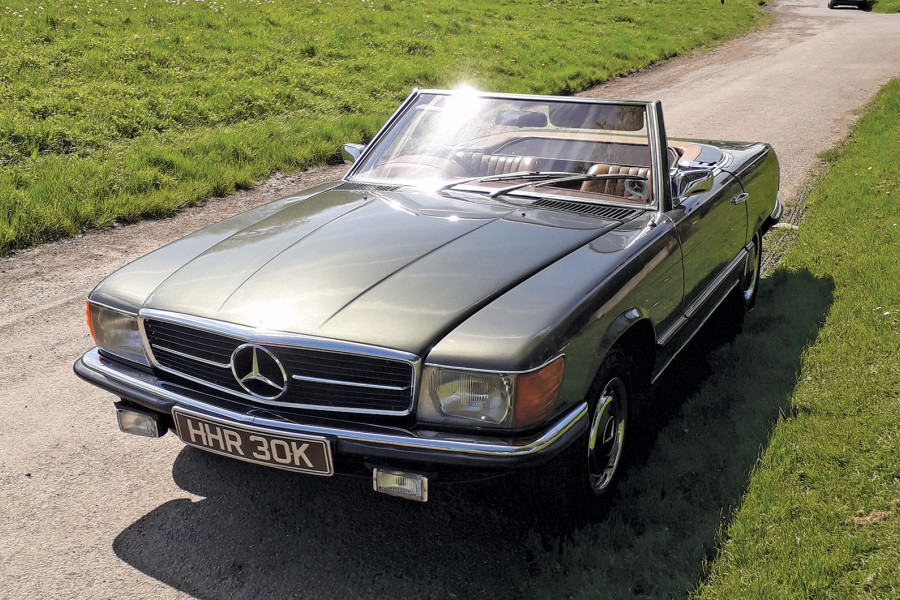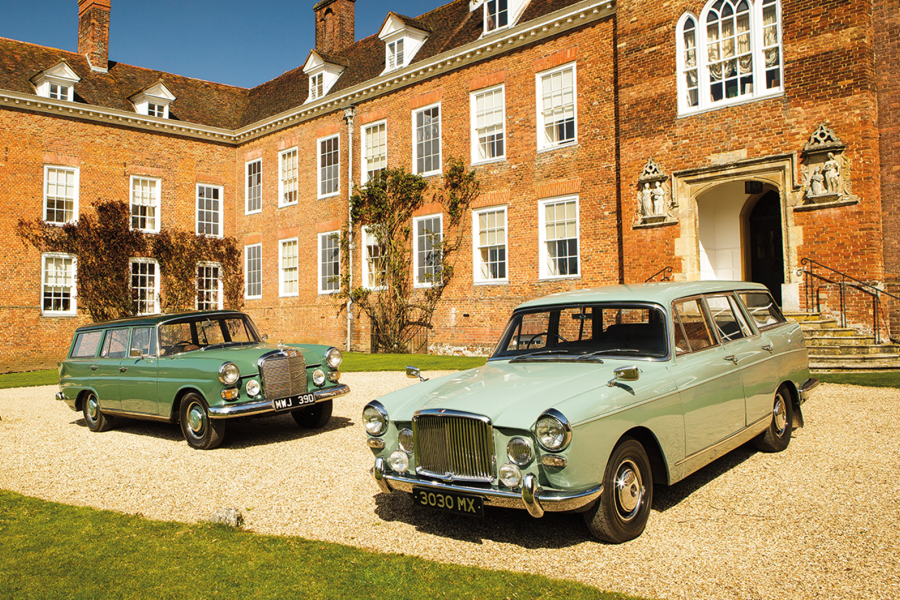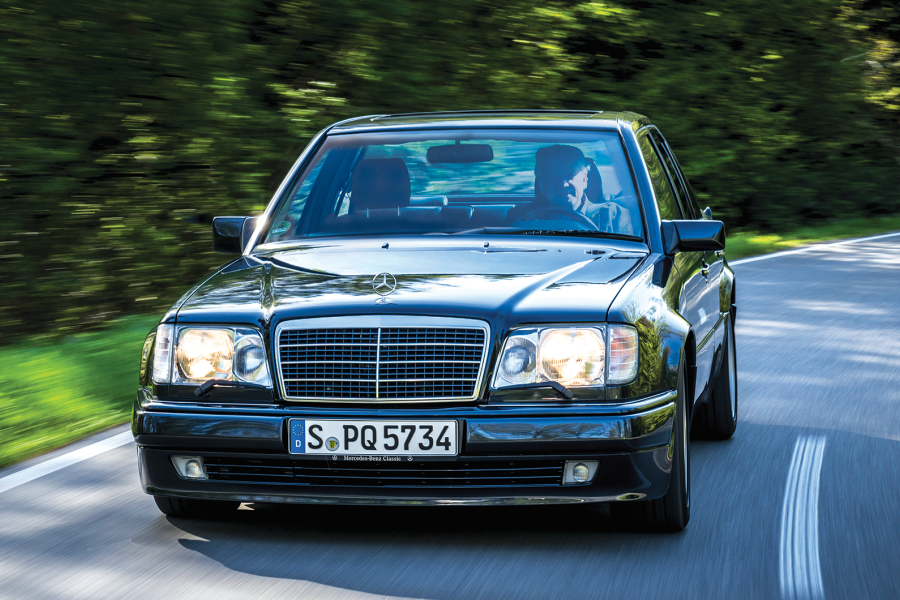
Logic dictates that the Mercedes-Benz W140 coupés will be highly collectable cars in the near future.
The youngest of them is 20 years old now and as well as being the absolute technological flagship of the Mercedes range throughout the ’90s, they’re also quite a lot rarer than you might think: just 26,022 of these giant pillarless two-door four seaters were built between 1992 and 1999.
In fact, they’re quite a lot rarer than Mercedes ever intended them to be – because like the four-door W140 saloon they were derived from, these coupés had an image problem.

Here was a vehicle that was – in certain people’s eyes – symbolic of everything wasteful about western society at the end of the 20th century; a car which, particularly in 6-litre V12 form, became a poster child for four-wheeled capitalist excess in a world that was becoming increasingly aware of ecological issues.
If Swampy, the noted Newbury bypass protestor, had been asked to name a prime example of a glutinous, ecology-destroying behemoth, you can’t help but think this big Mercedes coupé would’ve been at the top of his list.










